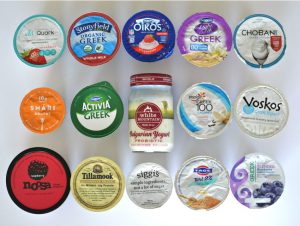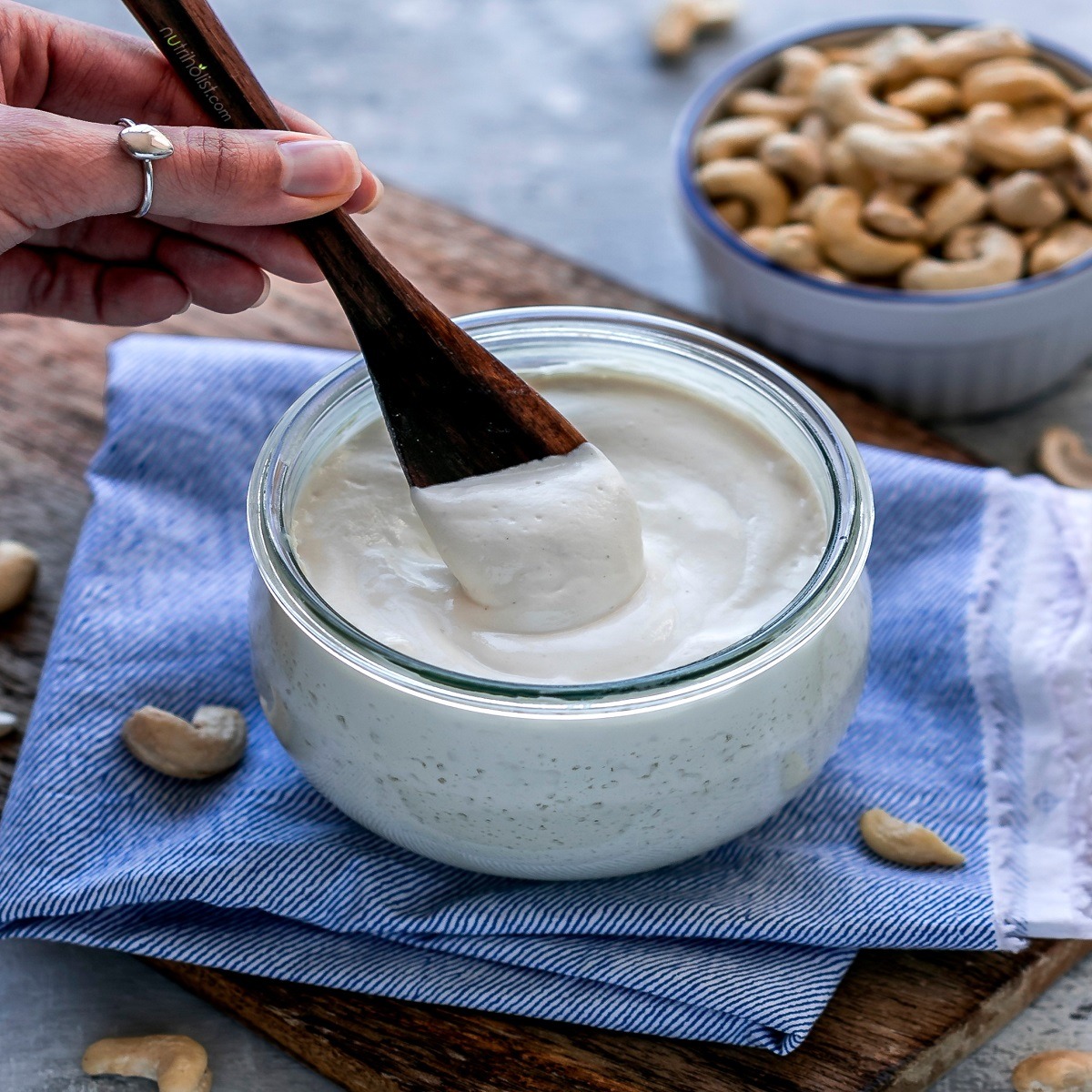Yogurt is a fermented product that is made by fermenting milk using microbes. Typically, lactic acid bacteria (specifically, Lactobacillus bulgaricus and Streptococcus thermophilus ) are used for yogurt fermentation. Further, yogurt has many beneficial effects on the human body.

Source: Unsplash
For production, milk is first heated to denature milk proteins at about 85 ° C (185 ° F) to avoid the formation of curd. The milk would cool down to about 45 ° C (113 ° F) after heating. Further, bacterial cultivation is mixed together in milk. Also, the temperature is maintained at 45 ° C for 4 to 12 hours to achieve fermentation in milk.
So, it has many benefits as well as cons. If you want to know about it, then stick with us till the end.
Benefits Of Yoghurt
There are many benefits of curd as it is highly nutritious for the human body. Further, if you want to know about it then here it is:

Source: yogurtinnutrition
- Lowers the risk of high blood pressure: Yoghurt is such a food that helps the risk of high blood pressure. Further, it helps to maintain blood pressure. It has high protein content, which lowers the risk of blood pressure.
- Probiotics Rich: The risk of certain disorders may be increased by certain bacterial stresses present in yogurt. Further, the disorder is irritability of bowel syndrome, diabetes, ulceration, Crohn disease. However, the effects of intestinal bacteria do indeed appear that yogurt bacteria change the composition of the intestinal landscape.
- Maintains Weight: Low-calorie curd can help you to keep your weight. Further, having three small cups ( a serving each) helps you to lose your weight.
- High Nutrition: It contains a low level of protein, fat, calorie, phosphorus, and calcium. All the nutrients contribute to digestion and promote healthy bowels. Greek plain curd has more amounts of nutrients. Further, it is rich in Vitamin B1, B6, etc.
Drawbacks of Yogurt
Well, everything has its cons too. Nothing in this world has its benefits only. So, we present some drawbacks of curd.

Source: livewell.jillianmichaels
- Sugar: We are all known that milk contains some amount of sugar. Further, some companies add excess sugar to flavor yogurt. So, this sugar would be harmful to diabetic patients. Also, it hinders the weight loss determination of yours.
- Milk allergy: If you have an allergy to some dairy protein such as whey and casein, you might have reactions. Further, the reactions could be hives and swelling due to the consumption of yogurt with a high content of these proteins.
- Bloating and disrupted digestive system: Nevertheless, some individuals with lactose intolerance can feel pain, gas, or bloating after frozen yogurt. Further, anyone allergic to lactose or dairy products should avoid yogurt because they may experience symptoms such as abdominal pain or diarrhea.
- Cardiovascular Risk: A high fructose or sugar-sweetened yogurt results in high bad cholesterol or LDLs. Further, it can cause the risk of cardiac diseases and atherosclerosis disease.
Types of Yoghurt
Different types of yogurt are available in the market, according to your choice. So, the below here are the different types of Yogurt.

Caption: lamag
- Greek: Greek yogurt is smooth and thick. It is better able to resist heat than regular yogurt and commonly used in Mediterranean cuisine and dips. Further, the liquid whey is removed through further straining of regular yogurt. The thicker concentration results in higher protein content, but extra stress leads to lower calcium content. Greek yogurt can be available in full fat, medium fat, or zero fat. It totally depends upon your choice.
- Traditional: Traditional curd has a smooth and creamy texture. Further, it is a non-strained type of yogurt. Also, it is generally made from whole milk or skimmed milk. Additionally, you can easily make traditional one at home, if you like it organic.
- Frozen: Frozen yogurt is alike of ice cream. Further, it is also famous as a frozen dessert. Despite being an alternative, it contains the same amount of sugar as ice cream. According to the National Yogurt Association, not all frozen yogurts include live and active communities of microbial load. Some are heat-treated too.
- Non-Dairy: Non-dairy yogurt can be consumed by lactose intolerant as well as vegan people. Further, they can be made by different milk extracted from different products. For example, almond milk, soy meal, coconut milk, etc. Also, they are low in sugar and unsweetened.









